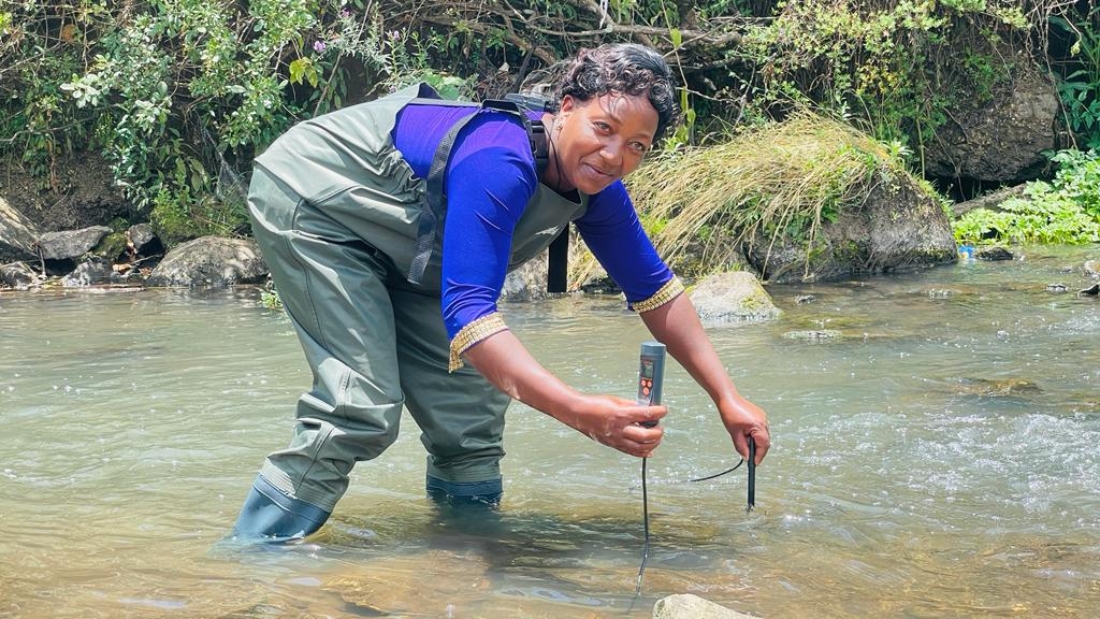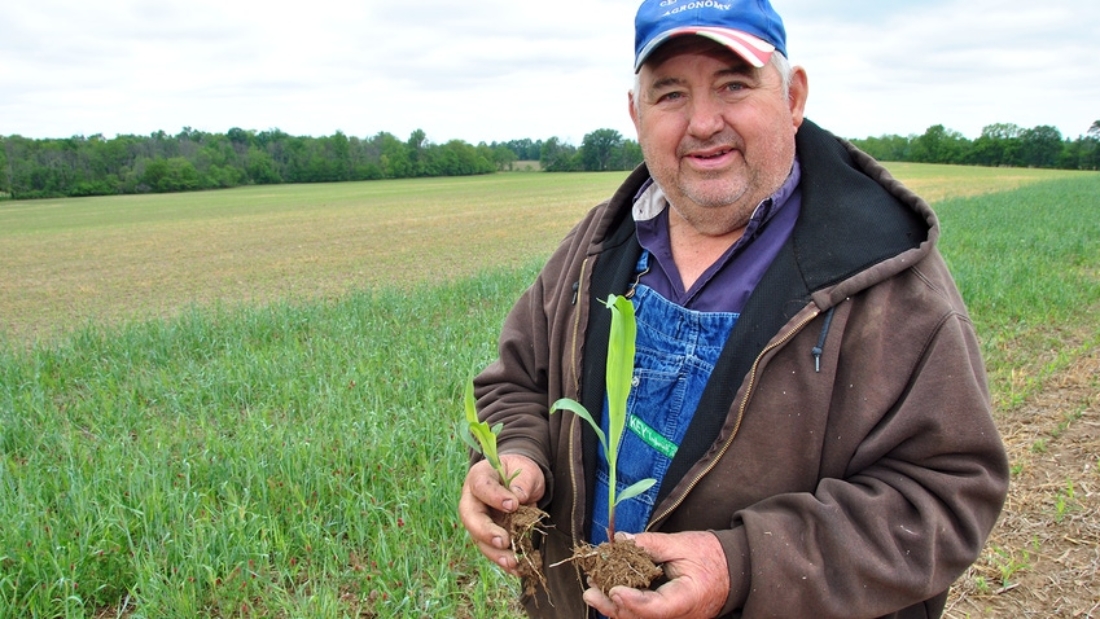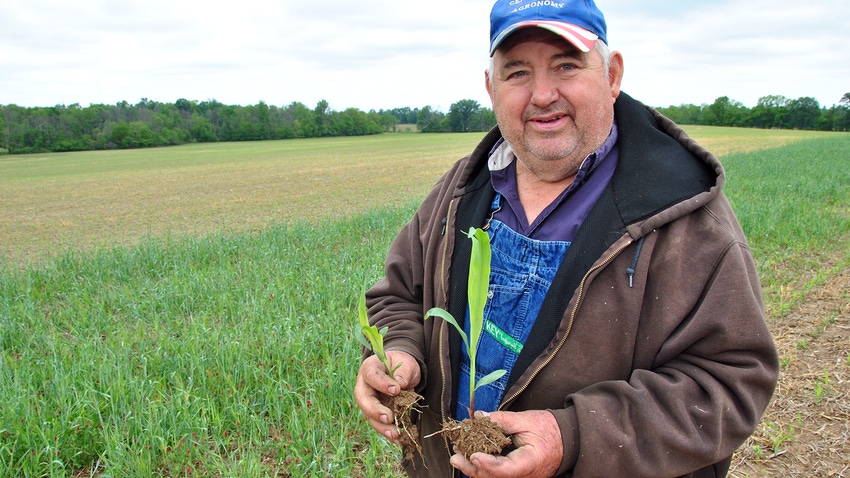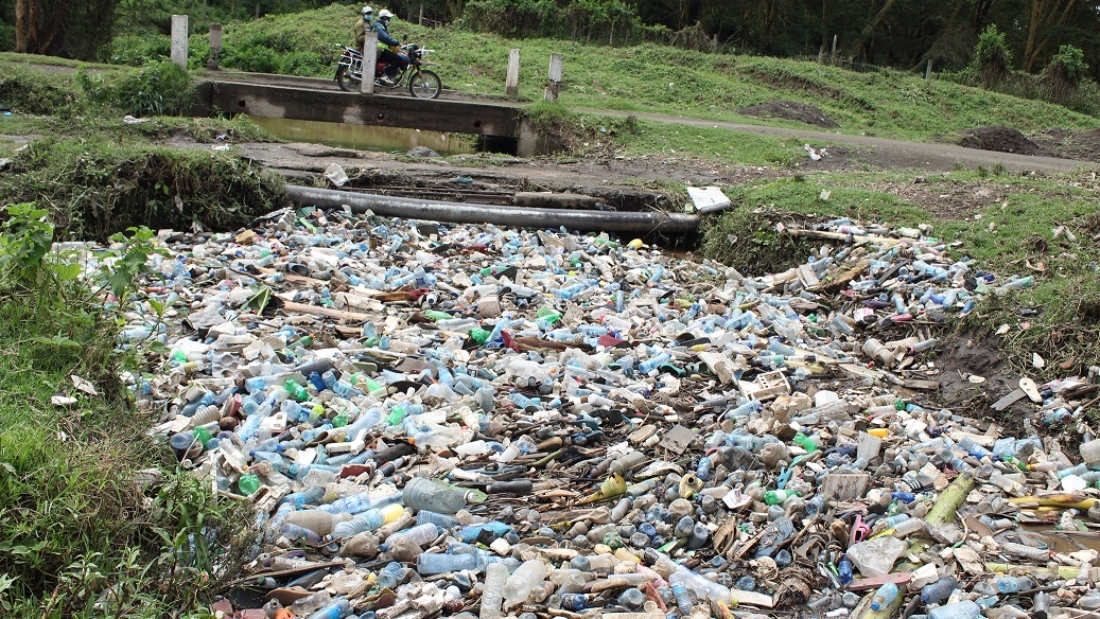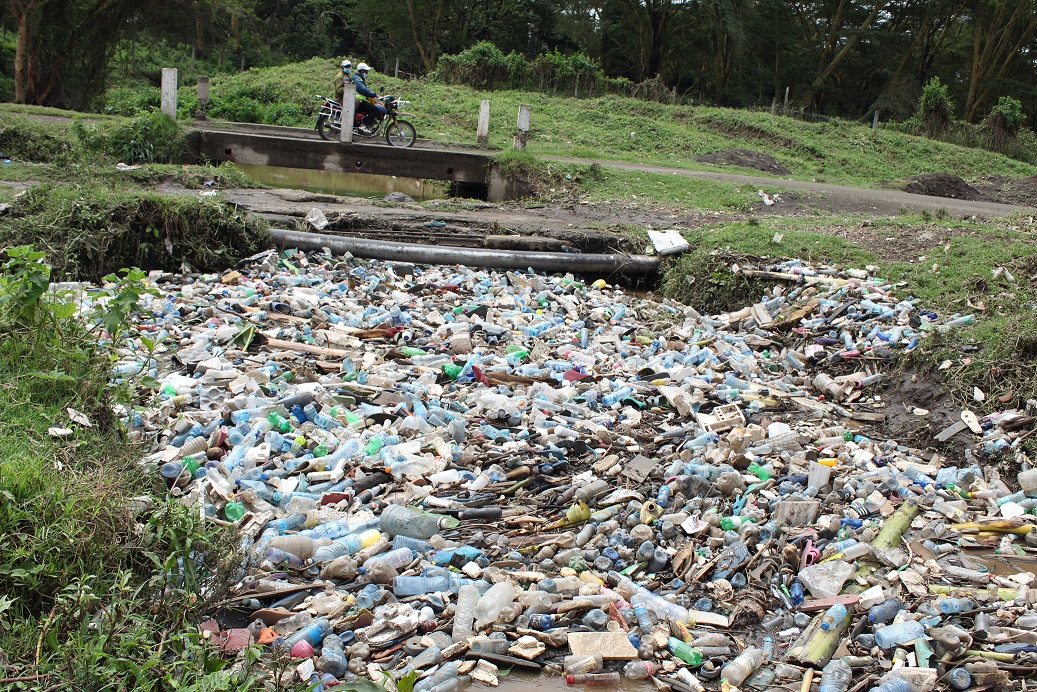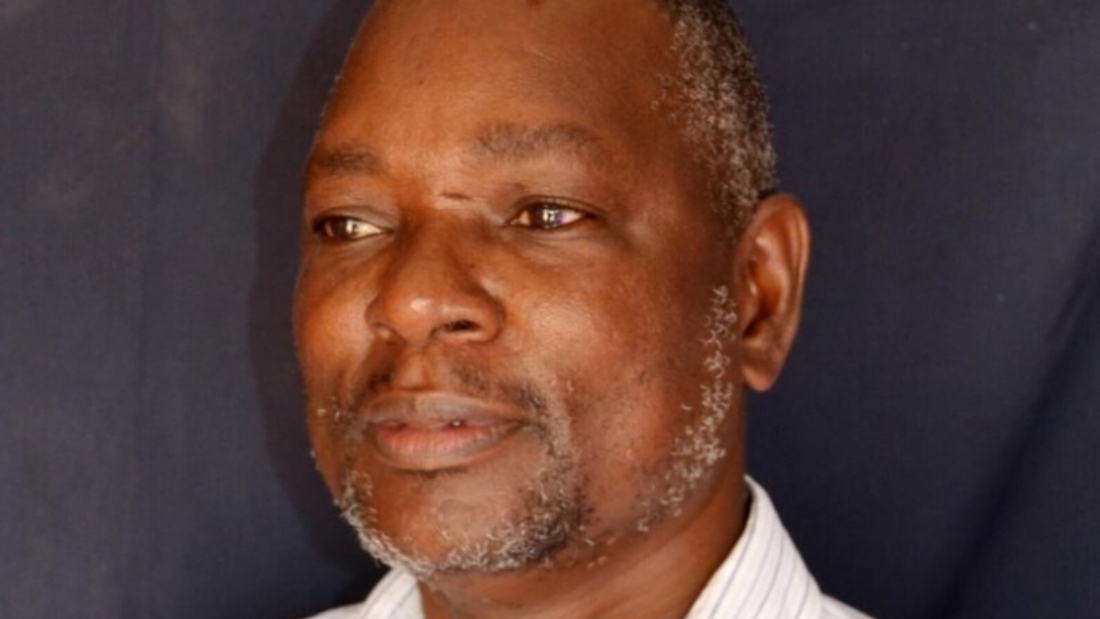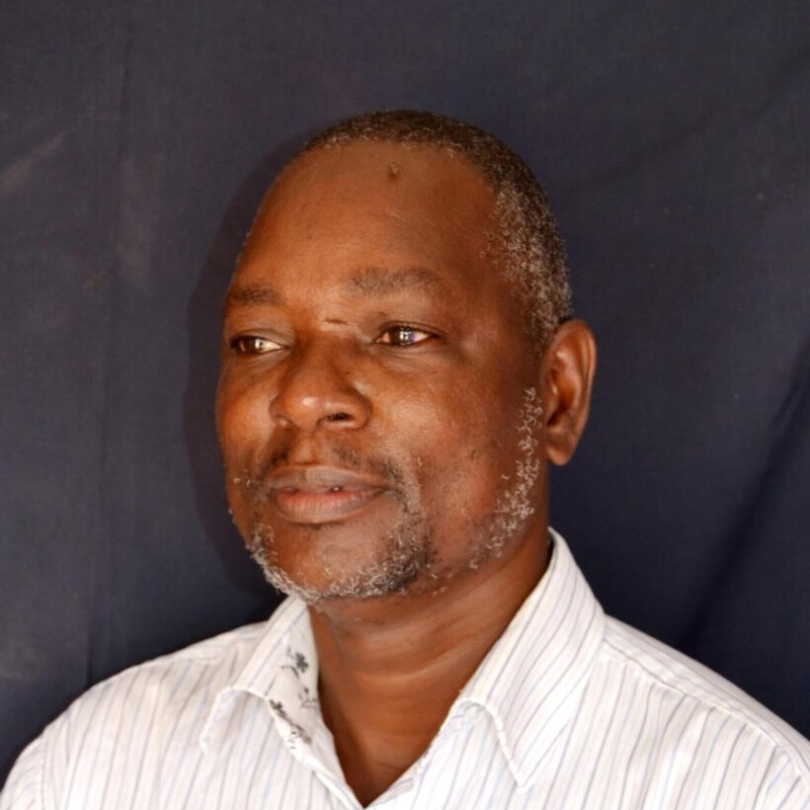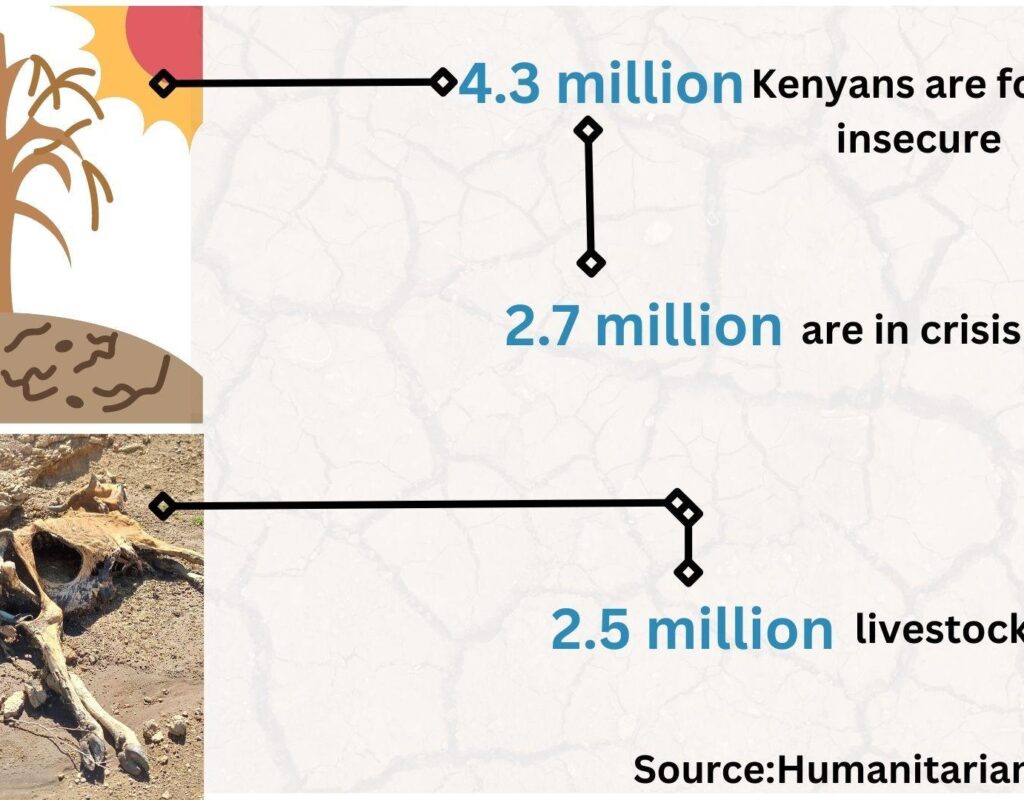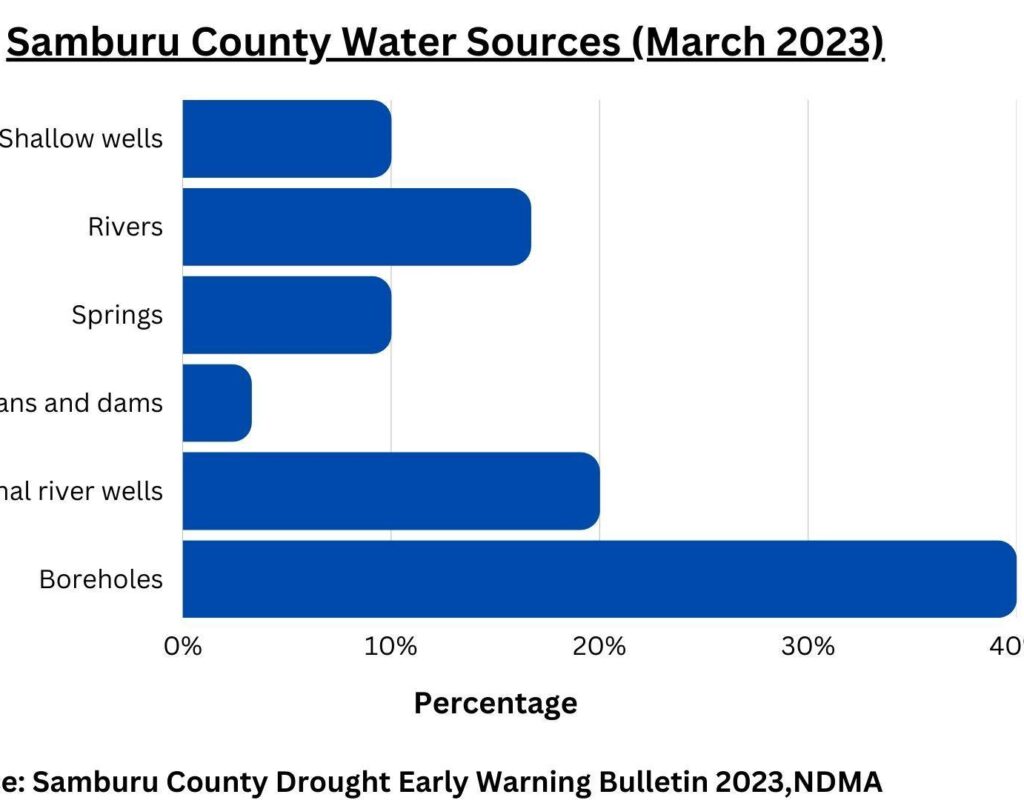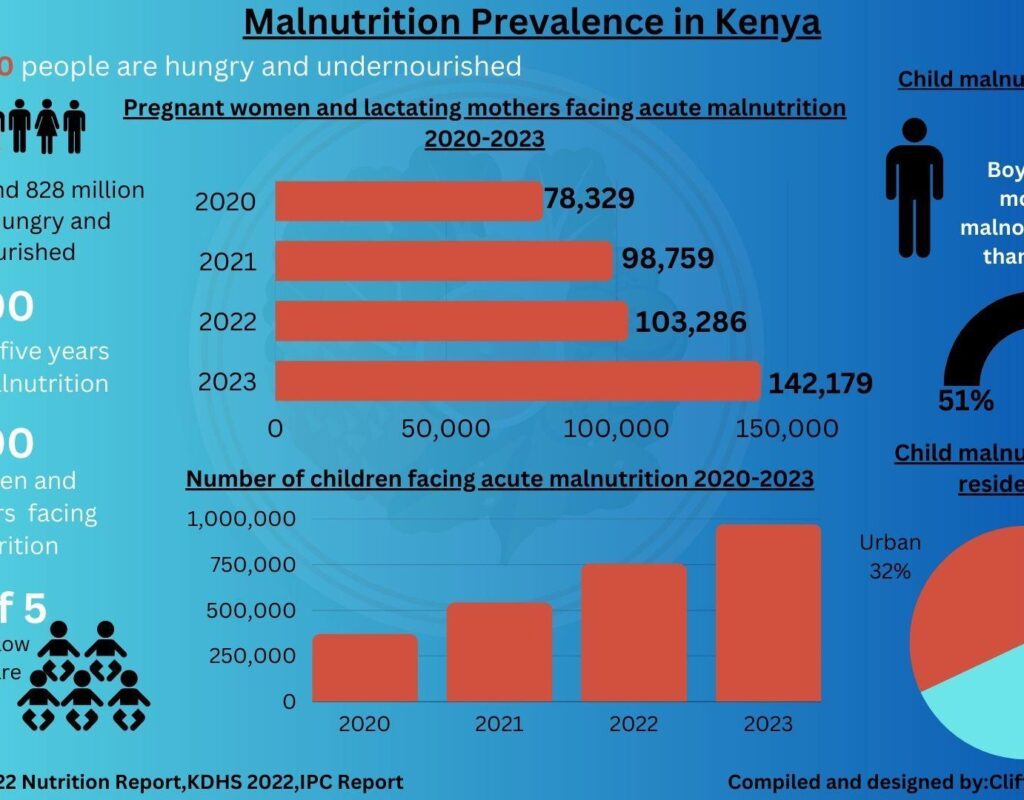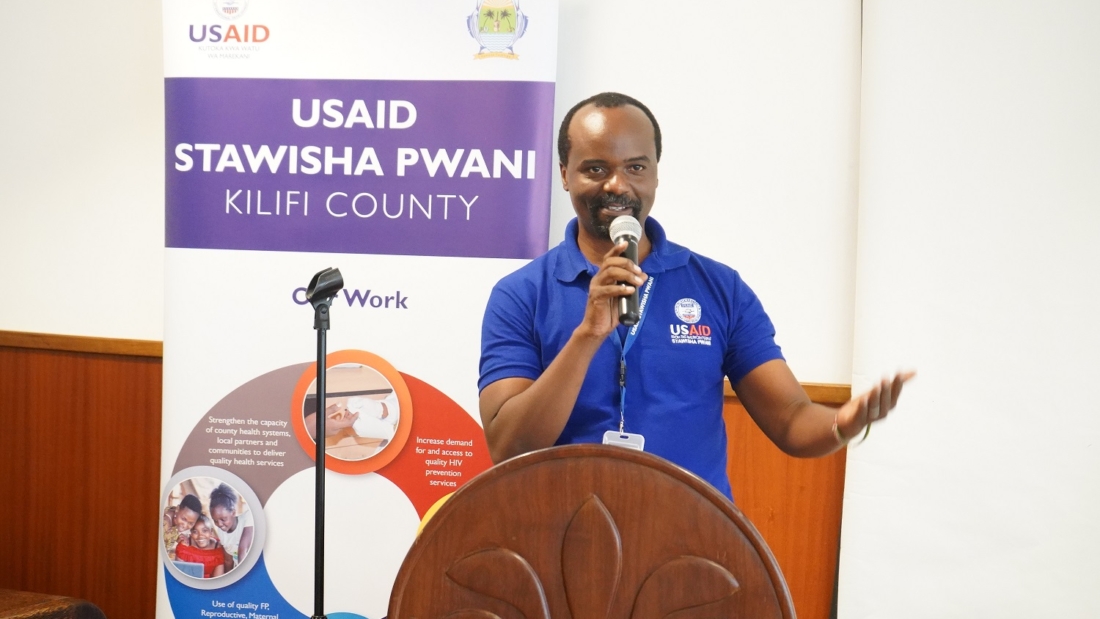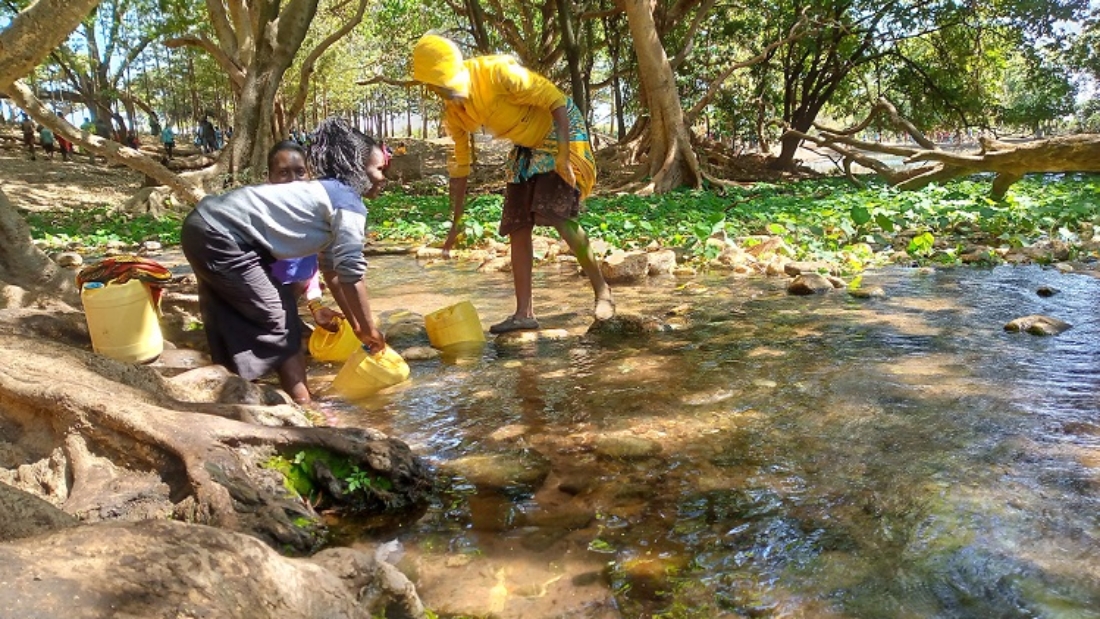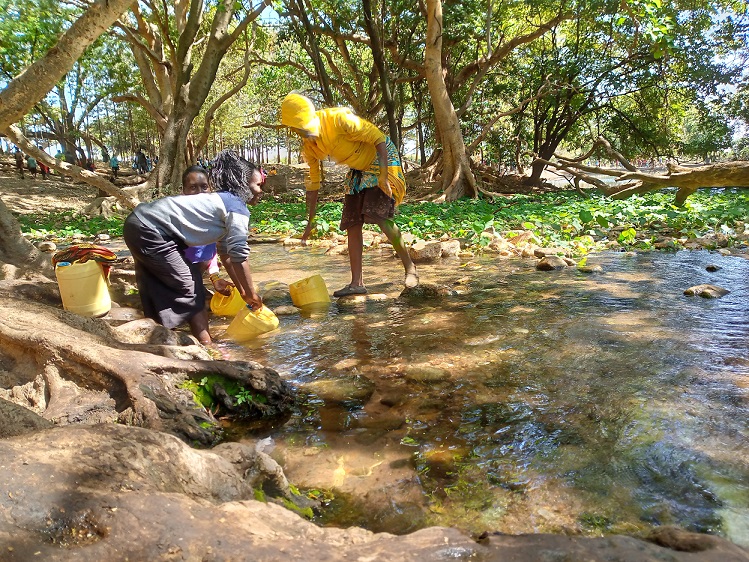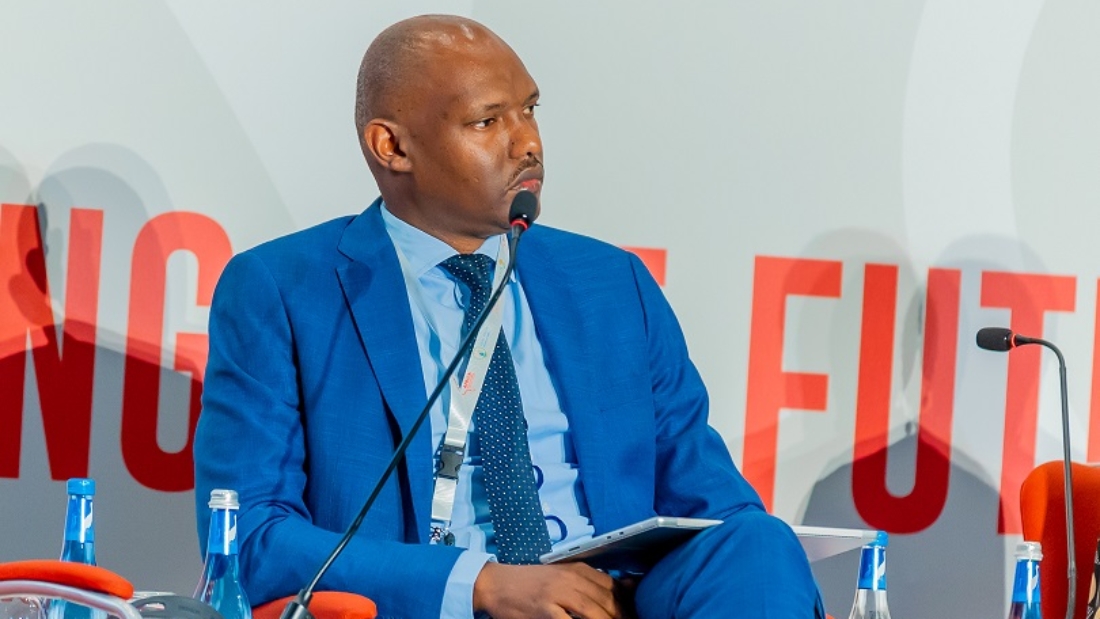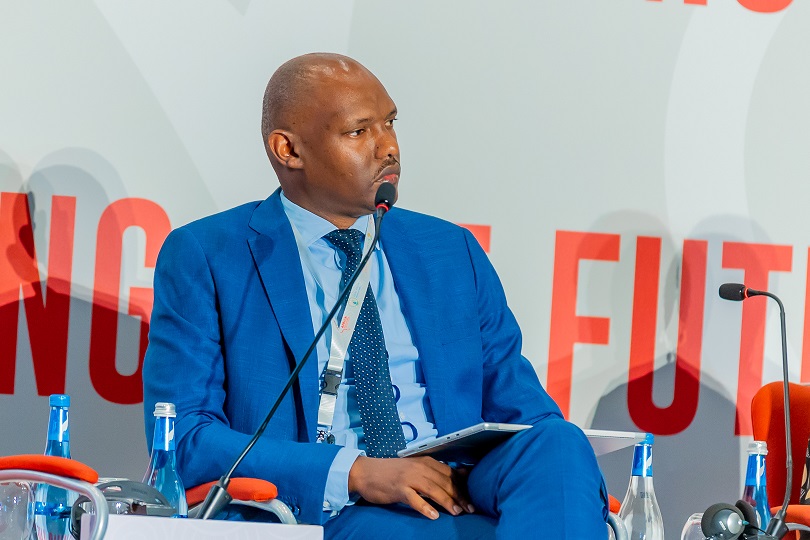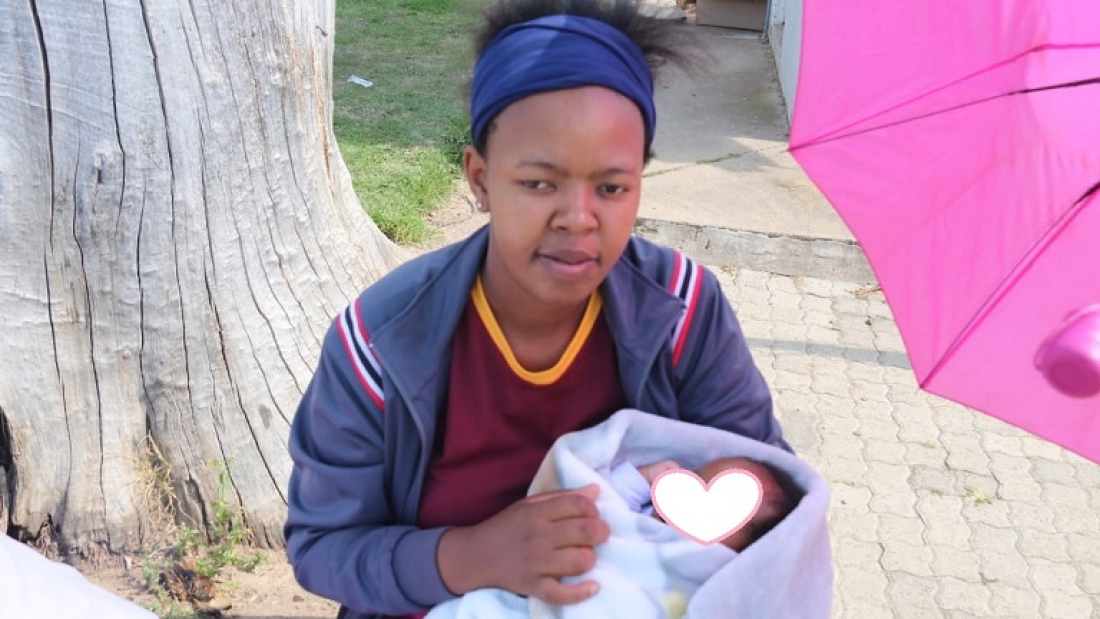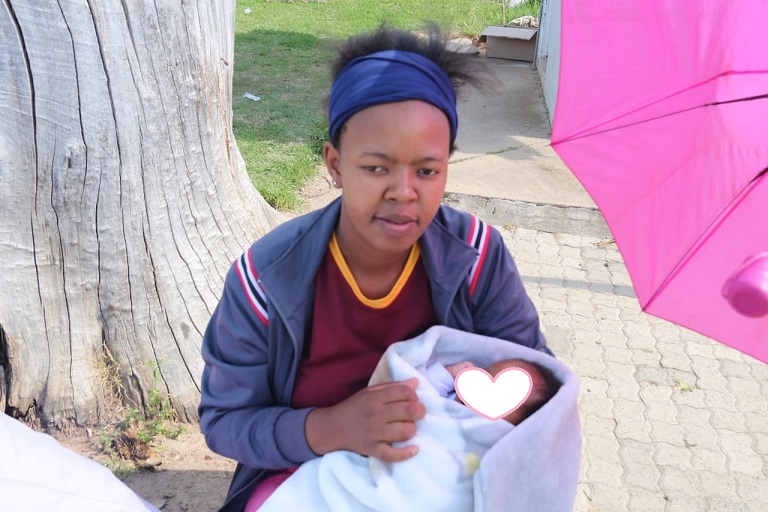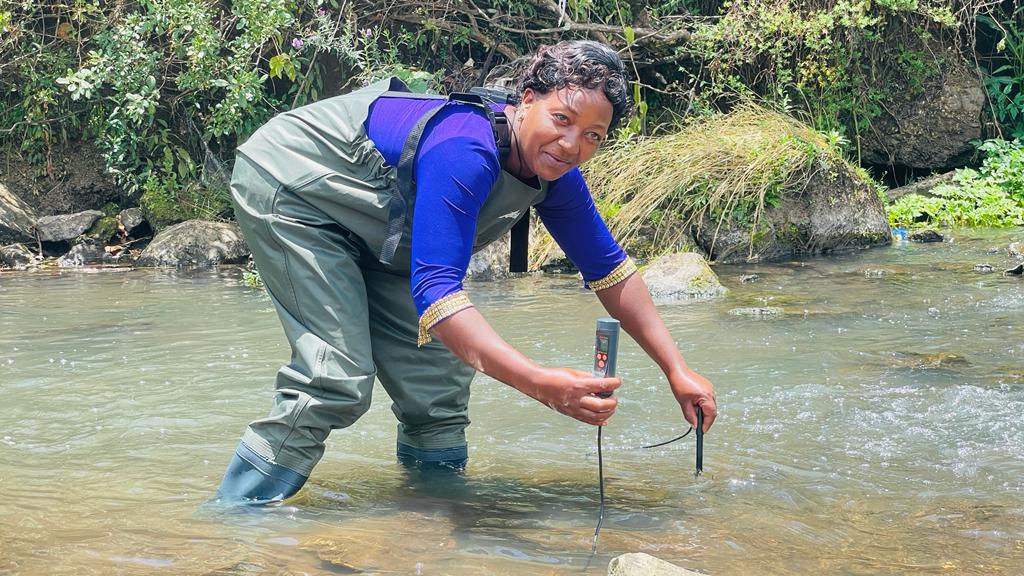
By Odhiambo David | odhisdavid59@gmail.com
The public has been advised to invest in water resource management and infrastructure in order to help find solutions to its persistent crisis in Kenya.
Speaking during a Twitter Space engagement yesterday Enock ole Kiminta, Kenya National Water Resource Users Association (KenaWRUA) CEO noted that the people’s involvement in addressing water challenges will help the country to realise its development goals as stated in Vision 2030 and the Sustainable Development Goals (SDGs).
The event,Can investments in water infrastructure answer Kenya’s perennial water crisis? was largely attended by water journalists in Kenya and was hosted by WWF Kenya.
According to Vision 2030, a long-term development blueprint for Kenya that aims to transform the country into a globally competitive and prosperous nation, water resource management is a crucial aspect of sustainable development and the overall well-being of the population.
Kiminta, an expert in water resources management,said the country needed enhanced water infrastructure to achieve goals related to improved water storage, distribution, and management systems, which would enable efficient and sustainable utilization of water resources.
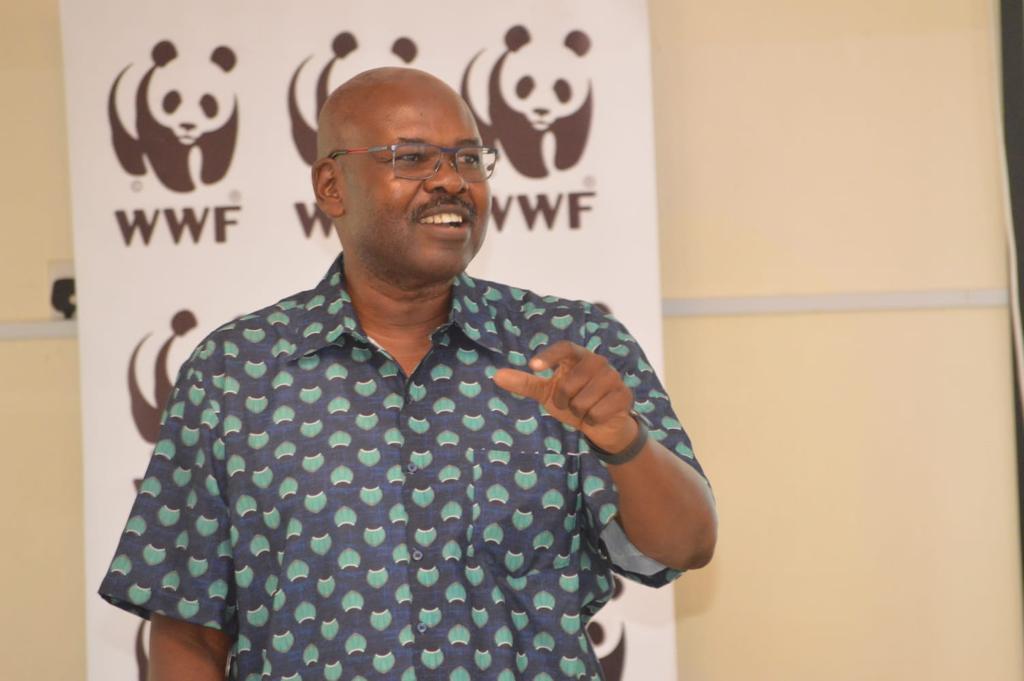
“To accomplish these goals, it is essential to invest in the development and improvement of water infrastructure, including dams, reservoirs, pipelines, and water treatment facilities,” he added.
By ensuring adequate infrastructure, Kenya can enhance water storage capacities, improve the distribution of water resources, and implement efficient management systems.
According to Dr William Ojwang, WWF-Kenya’s Freshwater Thematic Lead, the country will not realise its Vision 2030 ‘ if we don’t take into consideration the need to secure our key water sources and catchment areas.’
Dr Ojwang’ further noted that the role of water to humanity and development is too critical to be overlooked. This is why we need urgent collective action in water resource management.
WWF-Kenya has announced that in an effort to create awareness on water security and catchment protection across the country, they will run a three-day national campaign from 6th-8th this month (June).
The campaign dubbed the Journey of Water Campaign,now in its second year,will be held in Ewaso Nyiro North Basin which straddles Meru, Laikipia, Isiolo and Samburu Counties to shed light on detrimental practices impacting water resources and catchment areas.

